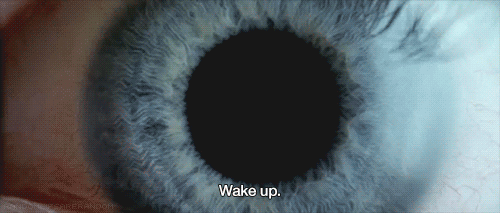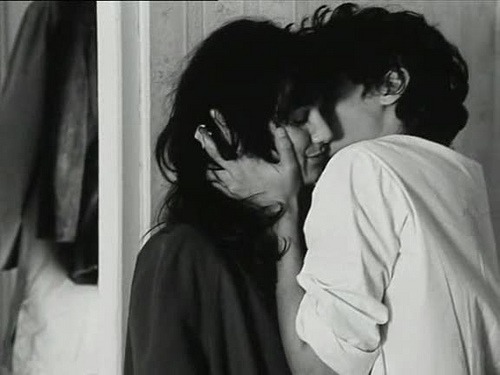Revesmecaniques - LOIN D'ICI

More Posts from Revesmecaniques and Others




I knew you





Why Do Some Galactic Unions Lead to Doom?

Three images from our Spitzer Space Telescope show pairs of galaxies on the cusp of cosmic consolidations. Though the galaxies appear separate now, gravity is pulling them together, and soon they will combine to form new, merged galaxies. Some merged galaxies will experience billions of years of growth. For others, however, the merger will kick off processes that eventually halt star formation, dooming the galaxies.

Only a few percent of galaxies in the nearby universe are merging, but galaxy mergers were more common between 6 billion and 10 billion years ago, and these processes profoundly shaped our modern galactic landscape. Scientists study nearby galaxy mergers and use them as local laboratories for that earlier period in the universe’s history. The survey has focused on 200 nearby objects, including many galaxies in various stages of merging.

Merging galaxies in the nearby universe appear especially bright to infrared observatories like Spitzer. In these images, different colors correspond to different wavelengths of infrared light, which are not visible to the human eye. Blue corresponds to 3.6 microns, and green corresponds to 4.5 microns - both strongly emitted by stars. Red corresponds to 8.0 microns, a wavelength mostly emitted by dust.
Read more: https://go.nasa.gov/2VioFB0.
Make sure to follow us on Tumblr for your regular dose of space: http://nasa.tumblr.com



-
 s-h-y-y-a-n-n-e liked this · 4 months ago
s-h-y-y-a-n-n-e liked this · 4 months ago -
 annita89ecdwc7hsh liked this · 7 months ago
annita89ecdwc7hsh liked this · 7 months ago -
 perfectlycautious reblogged this · 1 year ago
perfectlycautious reblogged this · 1 year ago -
 ridofy liked this · 1 year ago
ridofy liked this · 1 year ago -
 perfectlycautious liked this · 1 year ago
perfectlycautious liked this · 1 year ago -
 ajarl1984 liked this · 1 year ago
ajarl1984 liked this · 1 year ago -
 explore-r reblogged this · 1 year ago
explore-r reblogged this · 1 year ago -
 reychartliwim liked this · 1 year ago
reychartliwim liked this · 1 year ago -
 booksandbrimstone liked this · 1 year ago
booksandbrimstone liked this · 1 year ago -
 iandmyfakeplasticlove liked this · 2 years ago
iandmyfakeplasticlove liked this · 2 years ago -
 iandmyfakeplasticlove reblogged this · 2 years ago
iandmyfakeplasticlove reblogged this · 2 years ago -
 02191194 reblogged this · 2 years ago
02191194 reblogged this · 2 years ago -
 aloaliens reblogged this · 2 years ago
aloaliens reblogged this · 2 years ago -
 silenciopararespirar reblogged this · 2 years ago
silenciopararespirar reblogged this · 2 years ago -
 y0uh4v3b3ensh3rl0ck3d liked this · 2 years ago
y0uh4v3b3ensh3rl0ck3d liked this · 2 years ago -
 mastarija reblogged this · 2 years ago
mastarija reblogged this · 2 years ago -
 mastarija liked this · 2 years ago
mastarija liked this · 2 years ago -
 inferno-interno reblogged this · 2 years ago
inferno-interno reblogged this · 2 years ago -
 inferno-interno liked this · 2 years ago
inferno-interno liked this · 2 years ago -
 hemoglobin reblogged this · 2 years ago
hemoglobin reblogged this · 2 years ago -
 sims3-dh liked this · 2 years ago
sims3-dh liked this · 2 years ago -
 helloforgottenlibrary reblogged this · 2 years ago
helloforgottenlibrary reblogged this · 2 years ago -
 shayytrill reblogged this · 2 years ago
shayytrill reblogged this · 2 years ago -
 helloforgottenlibrary liked this · 2 years ago
helloforgottenlibrary liked this · 2 years ago

